By Amy Gogarty
For some forty years, potter, theorist, historian, and educator Paul Mathieu has been a powerful voice in ceramics discourse. Through his teaching, writing, lectures, exhibitions—and, now, YouTube videos—Mathieu has consistently challenged conventional models for thinking about craft, particularly ceramics. His travels have taken him to China, where he participated in numerous residencies; Europe, where he now lives part-time; the US, Australia, and elsewhere. His breadth of knowledge and familiarity with historical and contemporary ceramics inform his teaching and writing, which he generously makes available on his website.
The text Ceramics! The Art of the Future? A History and a Theory consists of some 14 independent essays plus an introduction, addendum, bibliography, and glossary, all of which can be downloaded from Mathieu’s website. The essays are complex, detailed, and designed for those wishing to think more deeply about the individual topics. Recently, Mathieu reconfigured the essays into a series of PowerPoint videos and posted them on YouTube. Each video is approximately 45 minutes in length, narrated by the author, and illustrated with a large number of images. This format permits a wider audience to be addressed, as the option to look and listen will appeal to those interested in ceramics but perhaps not yet inclined towards a more profound study. Those wishing to pursue the ideas, artists, or issues further are encouraged to consult the related texts.
As with the texts, the videos are divided into an introduction and fourteen essays–seven esthetics and seven themes. The essays differ from more traditional histories in that they range across chronological periods, geographical locations, and cultures. Mathieu’s point in identifying and grouping work according to different esthetics is to demonstrate similarities across a diversity of ceramic objects and technologies. This approach is novel, and, while it tends to bracket work off from the social, economic, or technological context in which it is enmeshed, it creates continuities that reveal other aspects of interest.
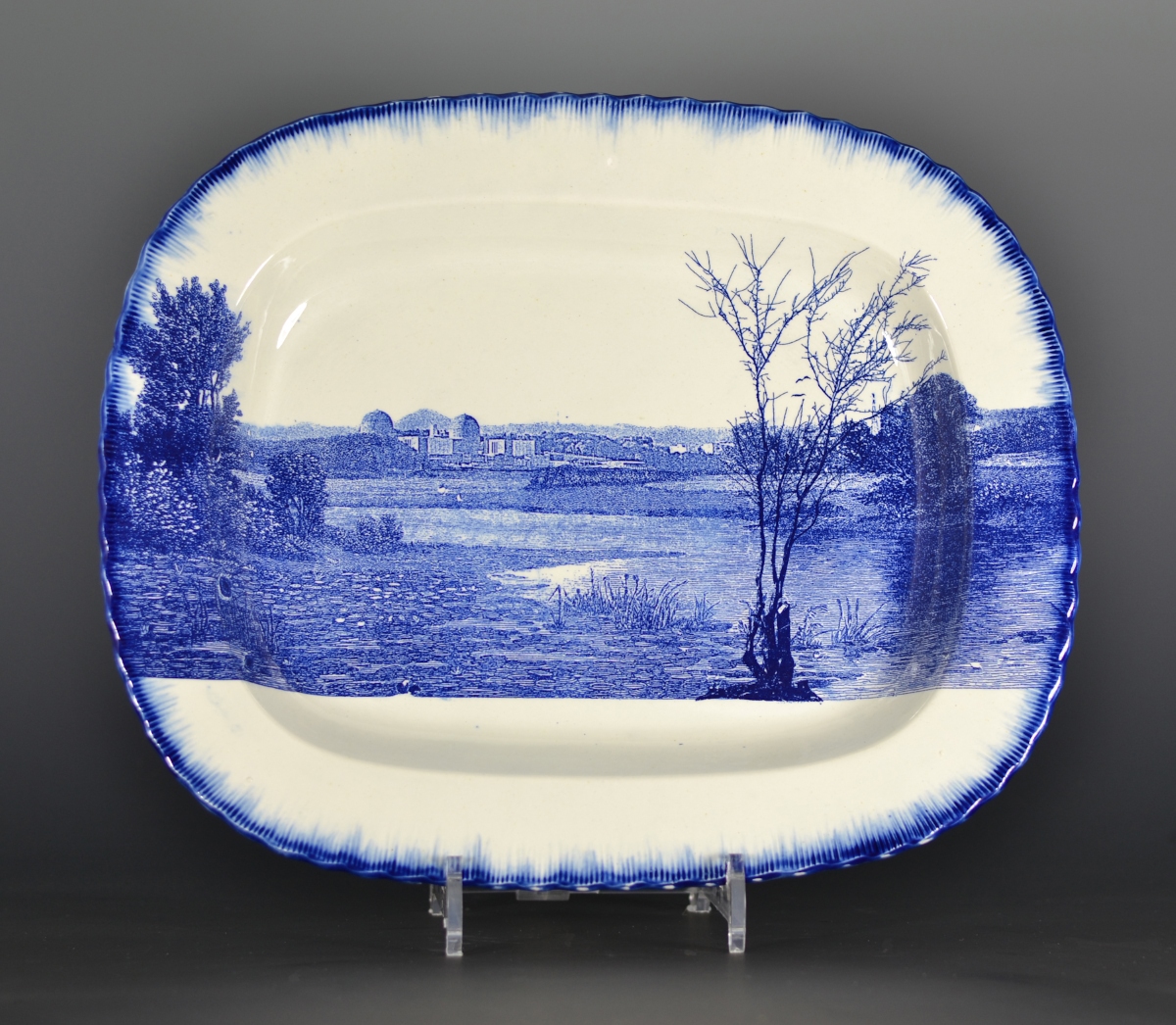
The seven esthetics include Classical, Flux, Decoration, Narrative, Simulation, Industrial, and Material. Topics are approached from a conceptual perspective. For example, Classical looks at the constancy of certain forms across geography and time. The author discusses standard Greek pottery forms and their function as framing devices for their imagery. These forms continued to be used to convey specific meanings throughout time. Mathieu makes the point that form and image are activated by use; in sipping from a circular kylix, the level of the wine in the cup makes the central image appear to be floating. The classical esthetic is also found in Asia, where particular forms persist through millennia, and decorative modes such as blue and white patterns feature in Chinese, Japanese, and European designs, and in work by contemporary artists such as Paul Scott, who draws on the history of blue and white wares to make pointed political comments.

Flux considers the importance of glaze surfaces, tracing technological developments from the earliest alkaline glazes on Mesopotamian pots to self-glazing Egyptian paste, enamels, lustres, and atmospheric firing. Decoration examines abstraction and ornament, with the focus on surface being something unique to ceramics. Geometric patterns are examined in North American Pueblo wares as well as contemporary works by artists such as Elizabeth Fritsch, Jun Kaneko, and Greg Payce, who often activates his surfaces with contrasting stripes. Mathieu includes his own work, which often integrates figural forms with extensively decorated surfaces. Organic abstraction found in Islamic designs allows for repetition and infinite extension. Floral decoration brings the natural world into human environments to indicate the cycles of life, seasons, and fertility. Decoration also considers the use of plastic modelling as found from ancient Jomon pots to contemporary artists such as Matt Wedel.
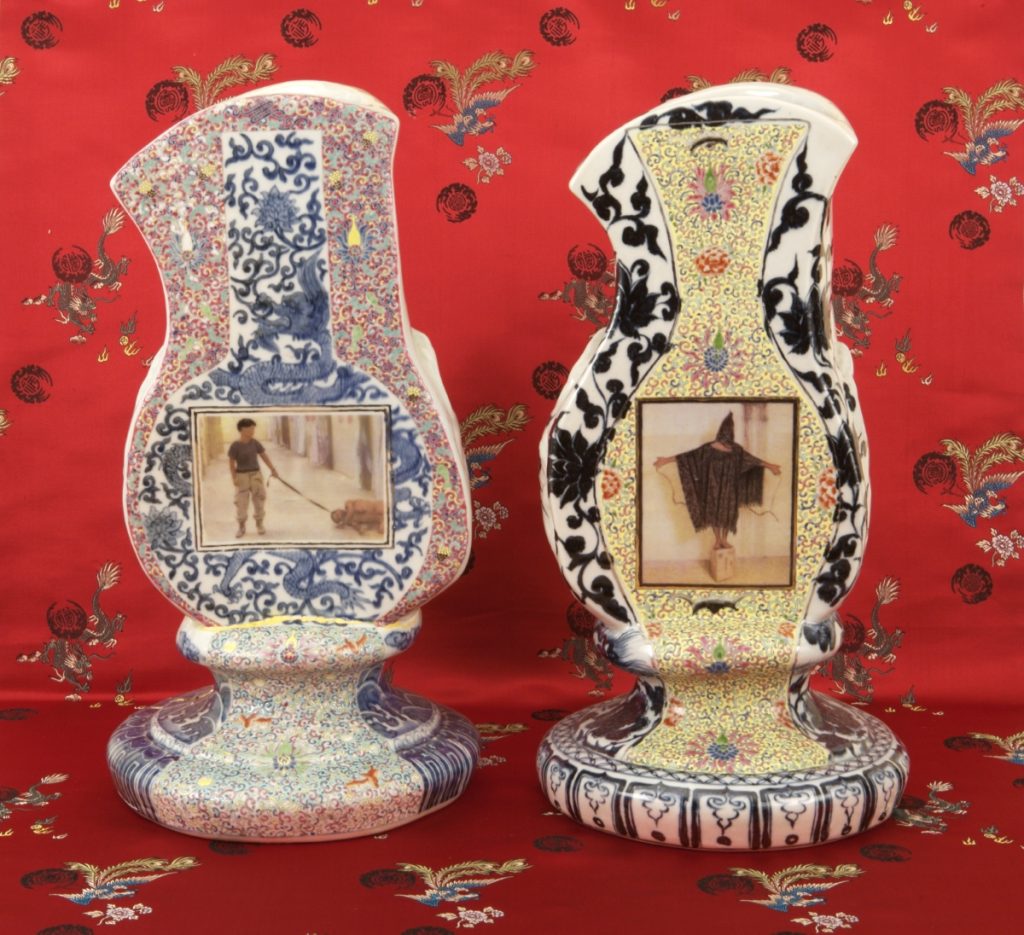
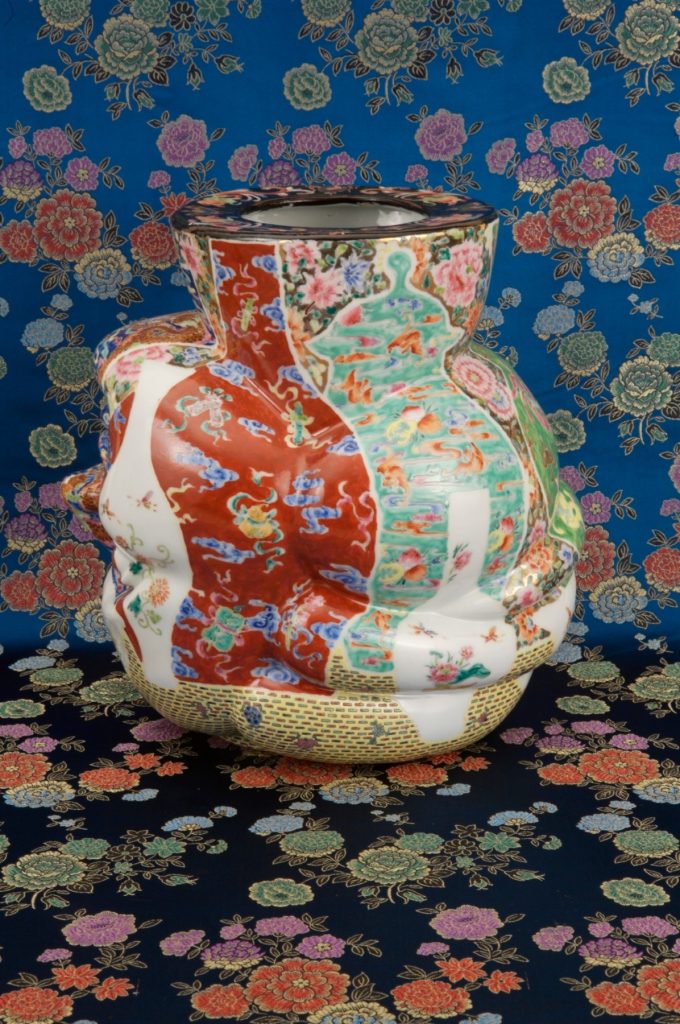
Narrative examines images incorporated onto objects in a fusion of 2D and 3D form. Again, classical Greek pots demonstrate familiar narratives being used to animate traditional forms. Contemporary approaches to the use of narrative include works by Michael Frimkess, whose faux Greek forms address social issues, or Grayson Perry, who layers images relating to sexuality and identity on vessels. Contemporary artists make use of photography with transfer prints, as does Jeannie Mah, who explores a cinematic approach to narrative imagery spread across a number of related forms. This chapter includes many examples, often presented without additional comment, to illustrate the potential entailed by using narrative imagery.
Simulation examines clay’s capacity to assume an infinite variety of forms, textures, and colours, such that it can be made to resemble other materials—wood, metal, plastic—or objects. In sixteenth-century France, Bernard Palissy pioneered the use of plaster moulds to simulate animals, plants, and rocks, creating a manner of working that continues to be popular to this day. Yixing tea pots made from purple stoneware clay in China are often shaped to resemble familiar objects. Manufacturers such as Wedgwood created popular soup tureens in the shape of animals or vegetables, while contemporary artists create hyperreal objects that are almost indistinguishable from the real thing. Paper bags, shoes, handbags, and other everyday objects are frequently imitated in clay. As with more traditional ceramic objects, these simulated objects speak about the body, containment, ethnicity, and popular culture.
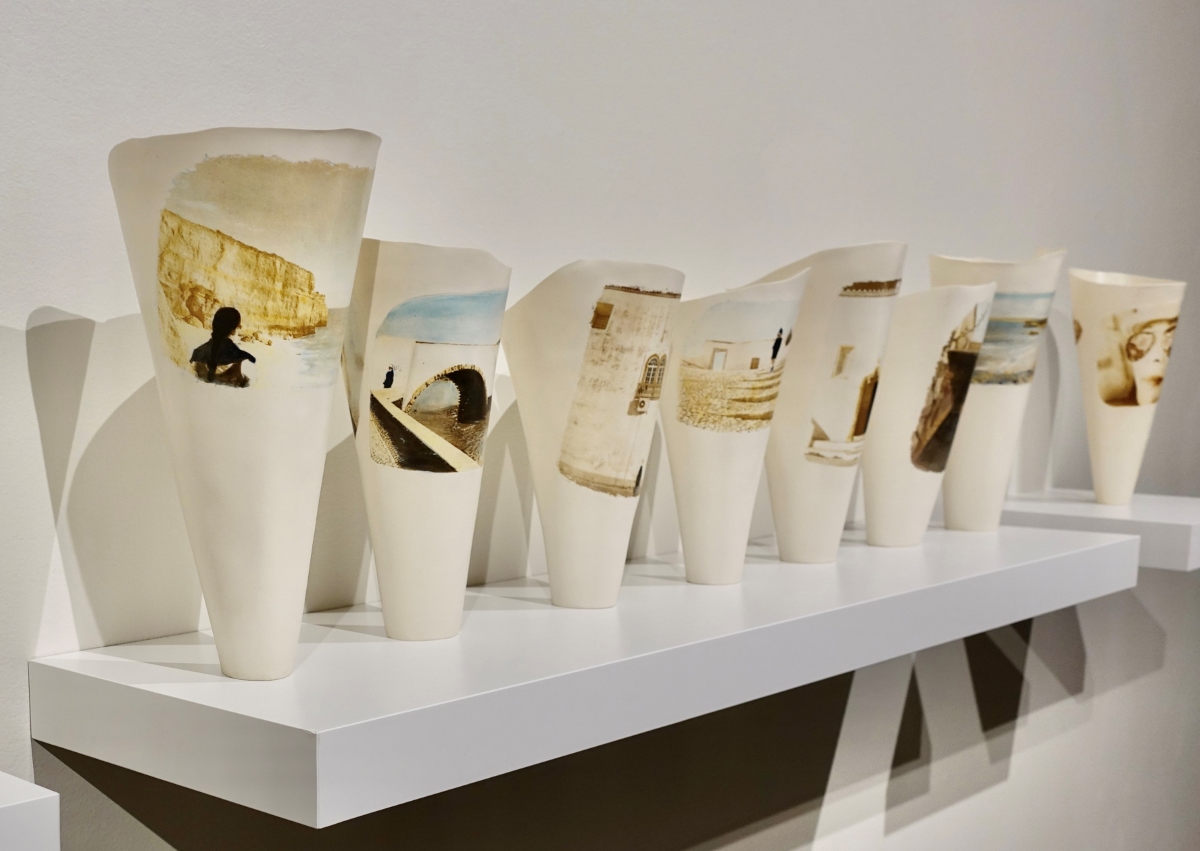
Industrial examines concepts of purity and perfection characteristic of industrial ceramics. The use of moulds on an industrial scale dates back to Mesopotamia, Rome, South America, and elsewhere, and continues to be popular with artists today. Mathieu examines early twentieth-century work by Michael Powolny, Otto Lindig, Eva Zeisel, and Canadian examples Céramique de Beauce and Sial, showing how the industrial esthetic has deep roots in consumer culture. He also looks at the use of 3D printers, digitally-printed decals, and other industrial processes that have currency with contemporary makers, and high-tech uses of ceramics for rocket tiles, ceramic knives, and filters.
The seven esthetics conclude with Material, which explores the materiality of clay and processes that condition the final object. Mathieu examines the use of wood-fire and ash glazes in Japan, where they feature in wares used in the tea ceremony. A number of artists work with coloured clays, using collage, neriage, and marbling techniques to produce unique surfaces. Artists such as Clare Twomey exploit extreme accumulation to produce installations with thousands of identical objects, while others, such as Walter McConnell, draw on qualities of unfired clay to produce installations that incorporate natural processes. Nina Hole and John Roloff create structures that are fired on site, combining performance with materiality to create impressive works.
The various esthetics identified by Mathieu are not exhaustive, but they create a compelling framework for organizing a bewildering variety of ceramic objects. The second half of the texts and videos focus on ways these objects are nested in human culture. These include Food, Shelter, Text, Figure, Hygiene, Sex, and Death. These videos present a vast number of interesting and possibly unfamiliar examples. Food addresses disposable clay yogurt cups used in Africa and India, propaganda wares from China and revolutionary Russia, and simulated food items. It also notes the use of domestic ceramics to make social or political statements, such as Julie Green’s series of Last Supper plates depicting meals chosen by condemned prisoners. Shelter explores bricks and tiles, with interesting examples of roof tiles, ceramic tiles in subway stations, Ulla Viotti’s brick structures, and Rory MacDonald’s ceramic “repairs.”
In Text, the early use of clay tablets to record cuneiform impressions is noted, as are the plates Romans used to track inventory in communal kilns. Islamic tiles make extensive use of calligraphy to convey spiritual truths in mosques, and numerous contemporary artists use text to make political and social statements. Mathieu also points to the use of paper imbued with porcelain, which, when fired, creates beautiful, delicate forms. Figure looks at ceramic depictions of human and animal forms such as the terra cotta tomb figures from Qin Dynasty China and Meissen figurines. It examines expressive works made by contemporary artists such as Justin Novak, who draws on his experience as a graphic designer to create figurines based on toys, which are at once playful and ominous. Hygiene focuses on the body and its functions, examining objects that are repulsive, practical, or beautiful, such as Ann Agee’s ceramic bathroom tiles produced at the Kohler Foundation in Wisconsin.
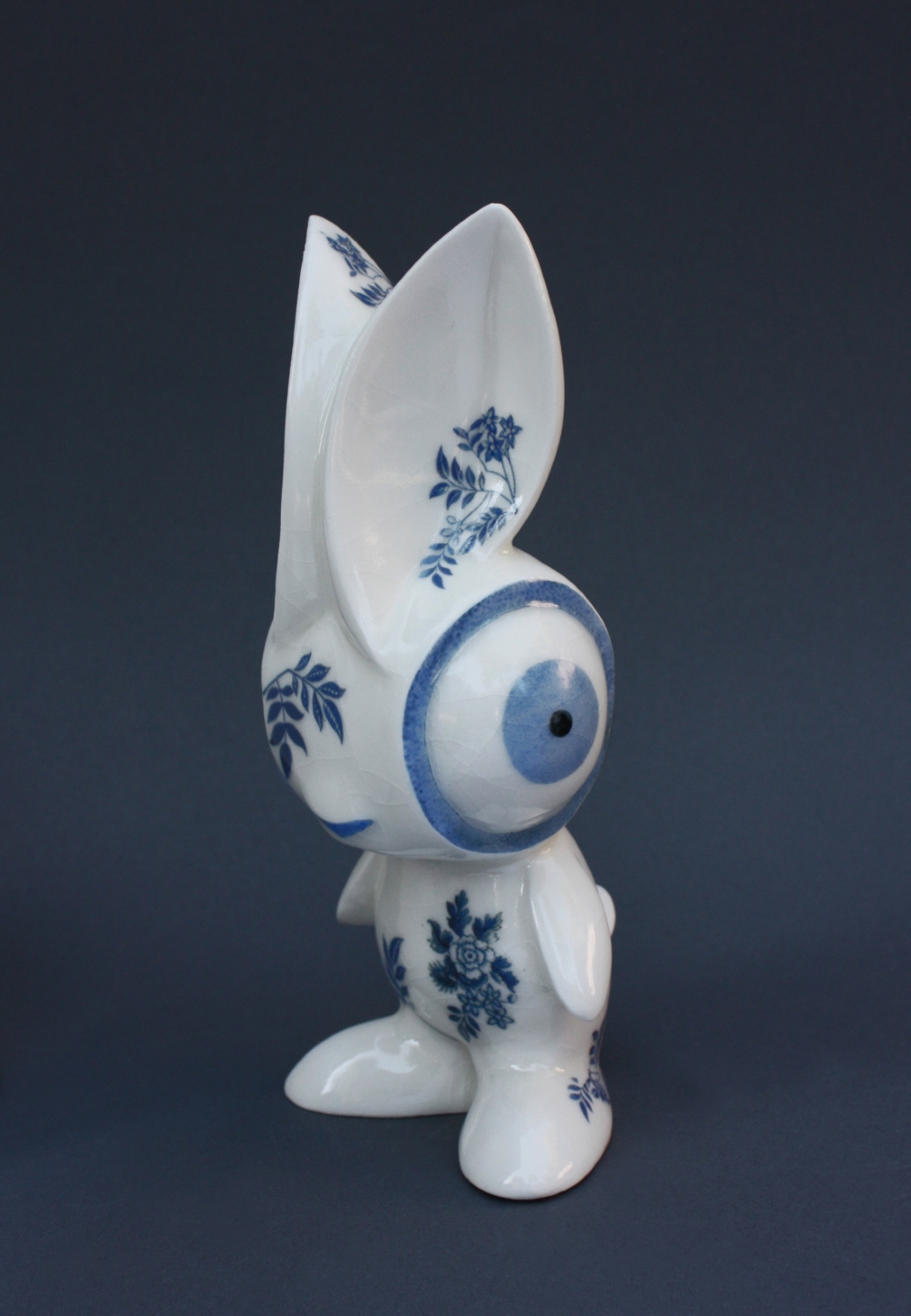
The final themes address two closely linked phenomena, Sex and Death. Eroticism in ceramics has a long history dating back to prehistoric fertility figures. Erotic themes were often depicted on Greek pots, while ceramic models of genitalia feature in many cultures. The Moche culture in Peru created pots depicting nearly every form of sexual activity, including sex with animals and birth. Sexuality is a popular theme in contemporary art as well. Death is closely linked with ceramics through the early use of ceramic sarcophagi, ceramic pots deposited in burial chambers, Greek lekythoi, which depict tender scenes of the departed, Mimbres “kill pots,” which had holes knocked into the bottoms, and contemporary funeral urns.
The videos in their entirety are extensive, but the arrangement makes it possible to dip in and out as one wishes. Without resorting to technical wizardry, they present inspiring examples and encourage further exploration. Paul Mathieu’s voice is compelling; his observations and comments are invariably apt and interesting, making viewing the videos pleasurable. The generosity demonstrated by the author in making these videos available to the general public is admirable. Mathieu has explained that his title, with both its exclamation point and question mark, is “interrogative . . . as the title is not meant as an absolutist statement….” Instead, the texts and related videos stimulate further investigation and consideration of the enormous role played in our lives by ceramics, highlighting intriguing connections between historical examples and contemporary work.
Visit Paul Mathieu’s website, with links to the texts and the YouTube videos.
Amy Gogarty is an independent researcher, writer, and artist living on the unceded shared traditional territories of the Coast Salish Peoples, including the territories of the xʷməθkwəy̓əm (Musqueam), Skwxwú7mesh (Squamish), and Səl̓ílwətaʔ/Selilwitulh (Tsleil-Waututh) Nations. She studied at ACA (now AUArts) and the University of Calgary, receiving her MFA in Painting in 1989. She taught histories and theories of visual arts at ACAD in Calgary for sixteen years prior to relocating to Vancouver in 2006. She has exhibited her paintings and ceramics locally and nationally and is the author of over 120 critical essays, reviews, or presentations relating to visual art and craft practice. In 2021, she was named an Honorary Member of NCECA, and she was short-listed for the Canadian Crafts Federation Robert Jekyll Award for Leadership in Craft. She sits on the Board of the North-West Ceramics Foundation and is a passionate supporter of ceramics in British Columbia.* (*Source: Craft Council of British Columbia’s website)

















Beautifully crafted article about a fascinating scholar and ceramicist.
Wow, Paul Mathieu’s contributions to the ceramics world are truly inspiring! His extensive experience and deep understanding of both historical and contemporary ceramics make him a valuable resource for anyone interested in the craft. I appreciate that he shares his knowledge through various mediums, including teaching, writing, and even YouTube videos. It’s incredible that he’s traveled so widely and participated in numerous residencies, bringing a global perspective to his work. I’ll definitely check out his website to explore more of his insights and learn from his expertise.
Paul Mathieu’s contributions to ceramics are truly impressive! His global experiences and deep knowledge of the craft offer such valuable insights. It’s great to hear that he shares his expertise so generously—I’ll definitely check out his website and YouTube videos.